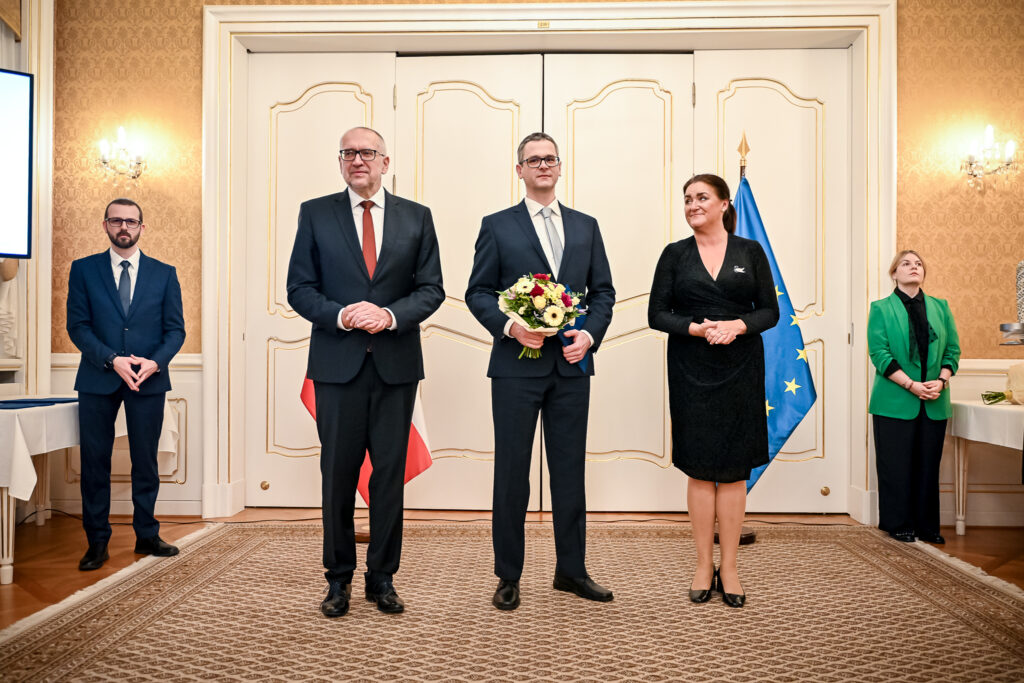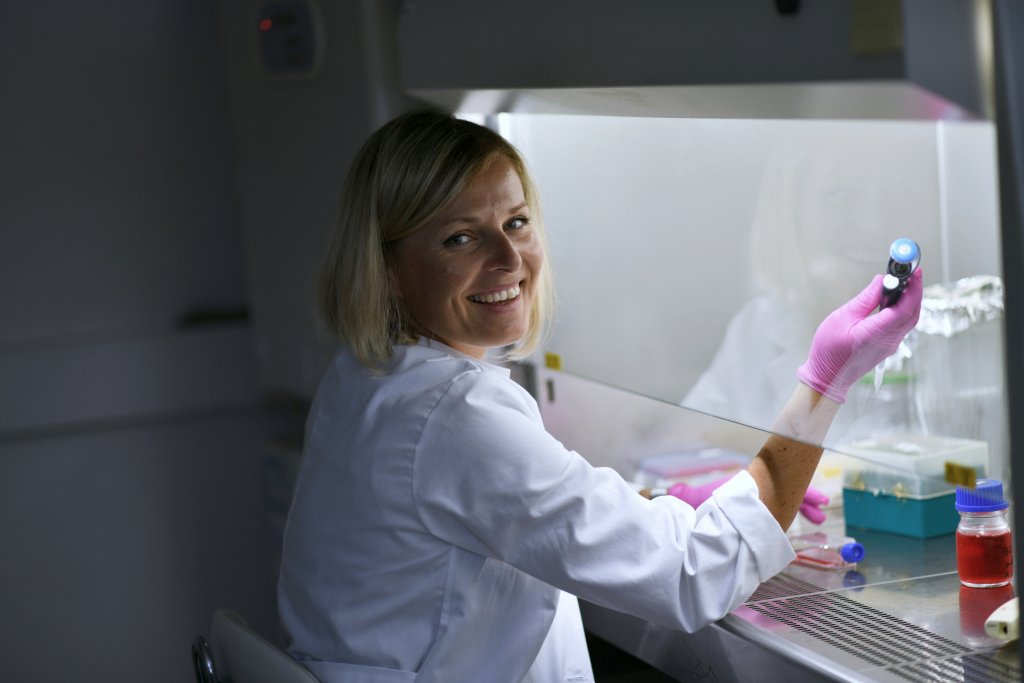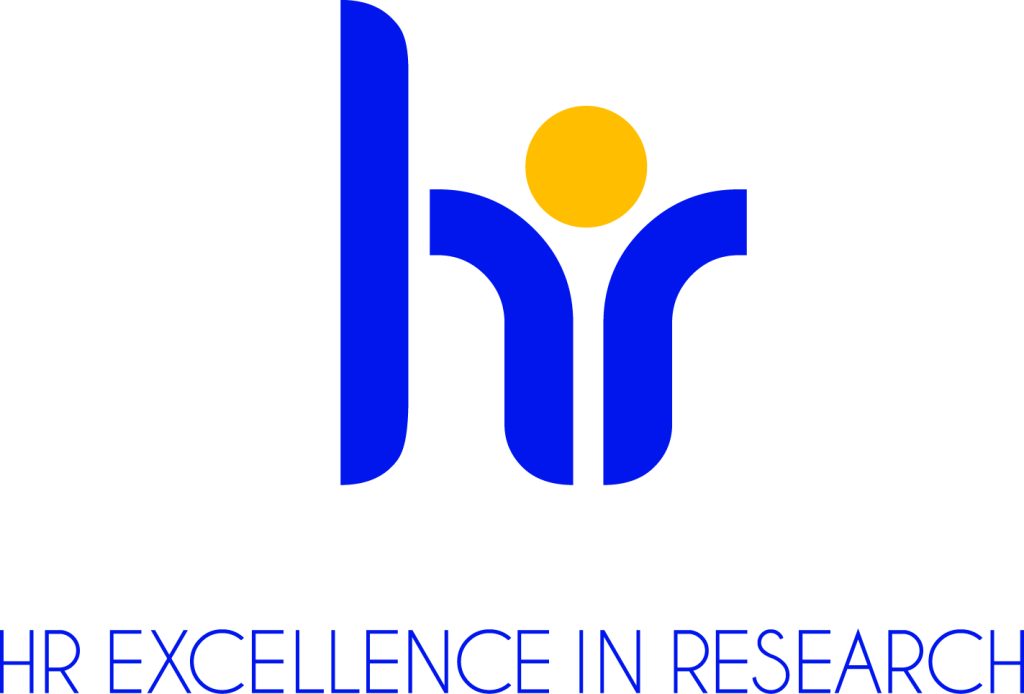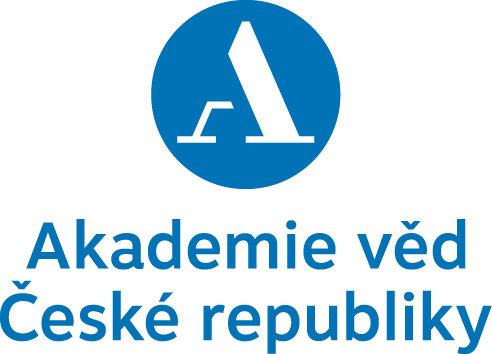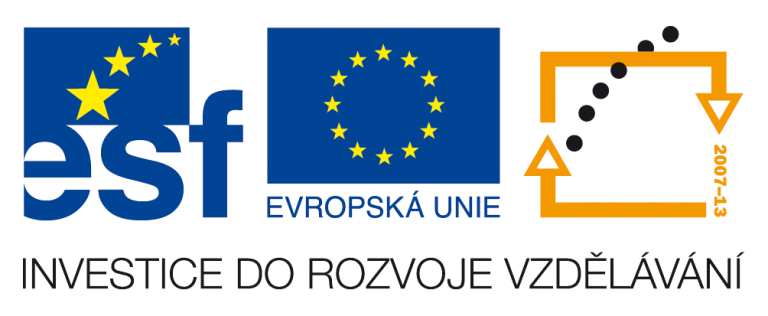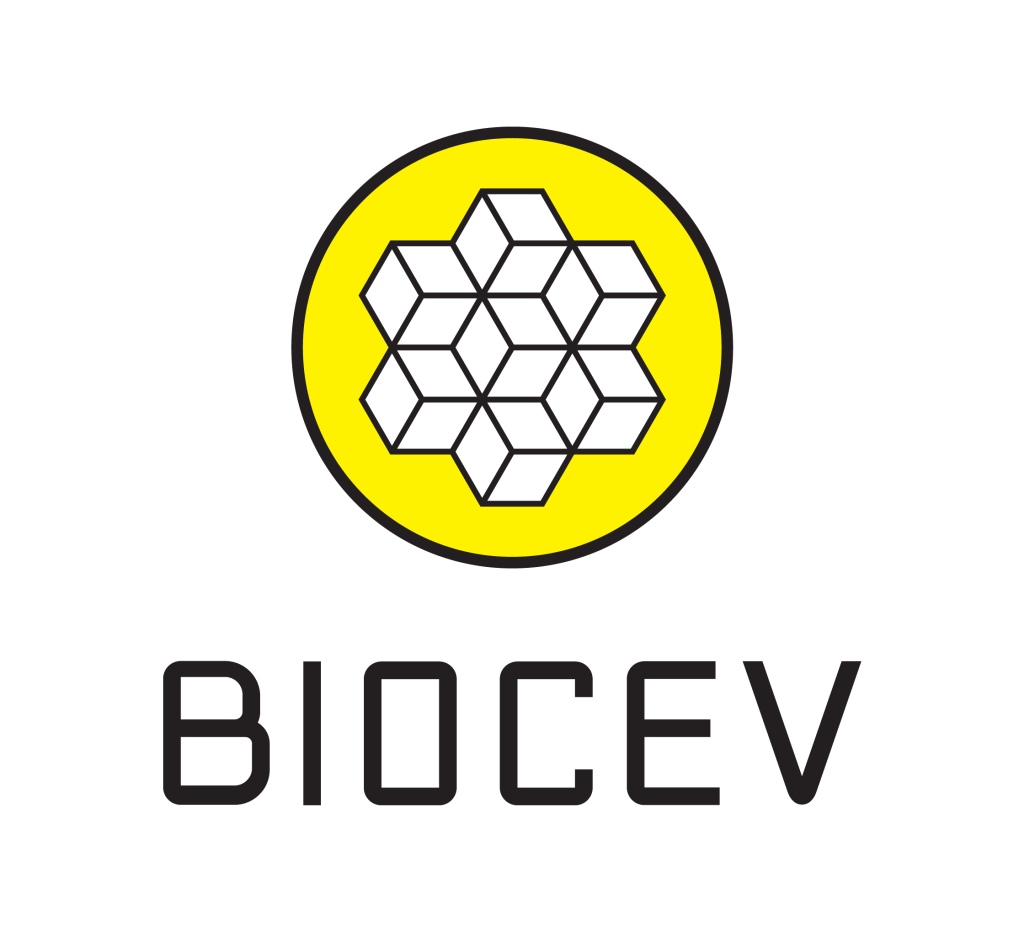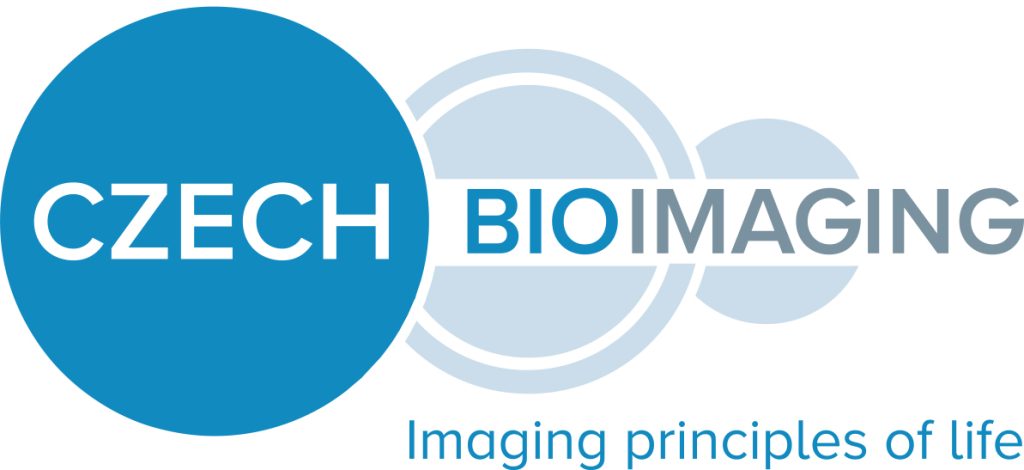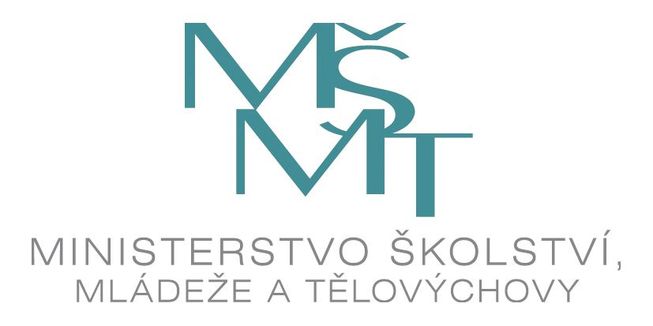Laboratory of Metabolism of Bioactive Lipids

Content of this page
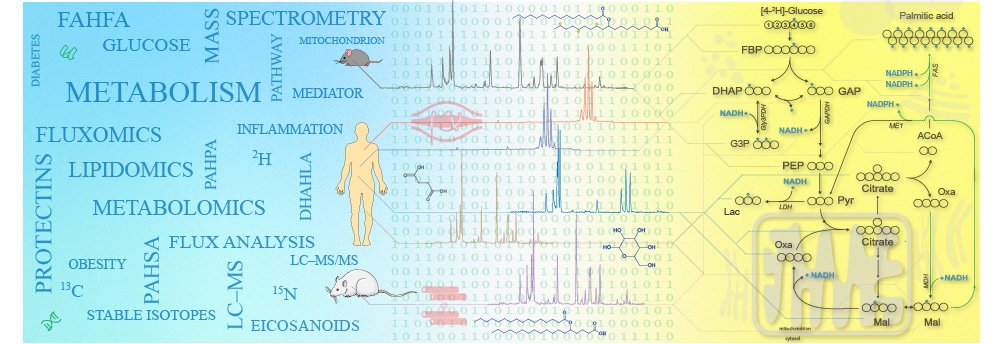
About the Laboratory
The goal of the laboratory is to elucidate how metabolites influence organ function, nutrient sensing, inter-organ communication, and liver and adipose tissue physiology. Current projects investigate complications of type 2 diabetes, adipose tissue metabolism, heart failure, various cancers, and cachexia, spanning the fields of physiology, chemistry, and bioinformatics. Core expertise includes in vivo experiments with mice (infusions, clamps, dietary experiments) and cell culture experiments (subcellular metabolomics, fluxomics). The laboratory specializes in the analysis of polar metabolites, simple and complex lipids, and lipid mediators such as FAHFAs, using advanced mass spectrometry-based methods. The workflows integrate different omics techniques, including metabolomics, lipidomics, transcriptomics and metabolic flux analysis, supported by specialized bioinformatics tools developed in the lab.
Projects
Achievements
Ondrej Kuda received Prize of Minister of Education 2023
Ondrej Kuda, Head of Laboratory of Metabolism of Bioactive Lipids at the Institute of Physiology of the CAS, received the Prize of the Minister of Education for outstanding results in research, experimental development and innovation on 20 November 2023. The prize was awarded for the results of research on the new signaling lipid molecules that suppress inflammation and improve glucose metabolism in patients with diabetes.
Publications
Brejchová; Kristýna - Rahm; Michal - Beňová; Andrea - Domanská; Veronika - Reyes Gutierrez; Paul Eduardo - Džubanová; Martina - Trubačová; Radka - Vondráčková; Michaela - Čajka; Tomáš - Tencerová; Michaela - Vrábel; Milan - Kuda; Ondřej Uncovering mechanisms of thiazolidinediones on osteogenesis and adipogenesis using spatial fluxomics. Metabolism-Clinical and Experimental. 2025; 166(May); 156157.
IF = 10.9
Kozlov; O. - Lísa; M. - Riečan; Martin - Kuda; Ondřej Chiral supercritical fluid chromatography-mass spectrometry with liquid chromatography fractionation for the characterization of enantiomeric composition of fatty acid esters of hydroxy fatty acids. Analytica Chimica Acta. 2025; 1345(1 April); 343735.
IF = 5.7
Riečan; Martin - Domanská; Veronika - Lupu; C. - Patel; M. - Vondráčková; Michaela - Rossmeisl; Martin - Saghatelian; A. - Lupu; F. - Kuda; Ondřej Tissue-specific sex-dependent difference in the metabolism of fatty acid esters of hydroxy fatty acids. Biochimica Et Biophysica Acta-Molecular and Cell Biology of Lipids. 2024; 1869(8); 159543.
IF = 3.9
Parchem; K. - Letsiou; S. - Petan; T. - Oskolkova; O. - Medina; I. - Kuda; Ondřej - O'Donnell; V. B. - Nicolaou; A. - Fedorova; M. - Bochkov; V. - Gladine; C. Oxylipin profiling for clinical research: Current status and future perspectives. Progress in Lipid Research. 2024; 95(July); 101276.
IF = 14.0
Jadhav; Sukanya B. - Vondráčková; Michaela - Potomova; Petra - Sandoval-Acuna; Cristian - Šmigová; J. - Klanicova; Kristyna - Rosel; D. - Brabek; J. - Štursa; Jan - Werner; Lukáš - Truksa; Jaroslav NDRG1 acts as an oncogene in triple-negative breast cancer and its loss sensitizes cells to mitochondrial iron chelation. Frontiers in Pharmacology. 2024; 15(JUN 25 2024); 1422369.
IF = 4.4


